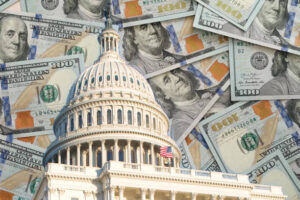7 Ways 2025 student loan Forgiveness Will Reshape U.S. Debt
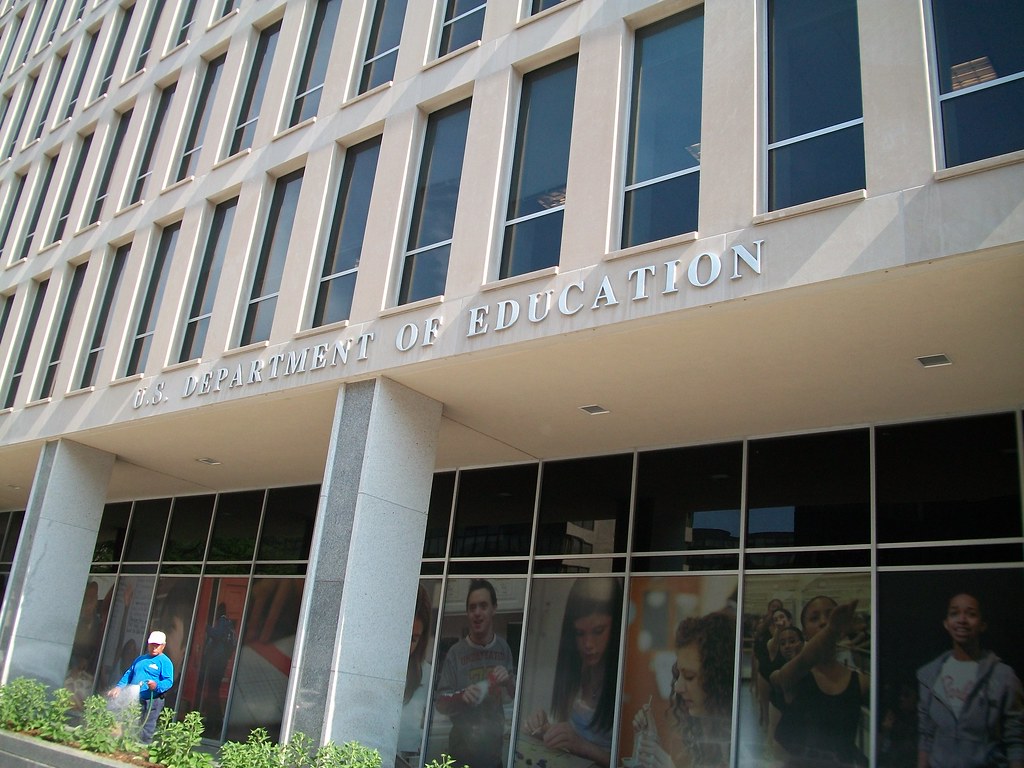
Introduction / Context
Not only is the student debt situation in the U.S. taking a fundamental turn in 2025, but the problem goes far deeper than that. New laws and court rulings are destroying much of the old income-based repayment schemes and bringing a new set of principles to loan forgiveness.
Since student debt is not regarded as a structural phenomenon, but rather as a thread woven in the very fabric of the American economy, how this transition occurred will potentially influence the housing markets, credit system, household savings, etc.
We will de-escalate what is transforming as part of the 2025 forgiveness makeover, the legal and tax issues forthcoming, the macro-impacts to the financial prospects of the United States, and what needs to be done by the borrowers before the year 2025.
1. Trump’s Repayment Overhaul: What’s New in 2025
“One Big Beautiful Bill” and structural reforms
- Loss of a variety of current income-based repayment (IDR) schemes (SAVE, PAYE, and so on).
- Implementing a new Repayment Assistance Plan (RAP), which is projected to become effective on July 1, 2026, that is going to establish payments dependent on gross income instead of discretionary income.
- Annual and lifetime limits on the total amount of borrowing among graduate and professional students (e.g., removing PLUS loans, capping the amount of unsubsidized loans).
- Establishing stricter eligibility and monitoring regulations of Public Service Loan Forgiveness (PSLF), such as the exclusion of organizations deemed to practice an improper activity.
Judicial roadblocks & interest resumption
In 2025, the Biden Administration’s SAVE repayment plan was previously struck down by a court of appeals in the United States, which stated that the Department of Education had overstepped its powers. The Education Department was later forced to suspend forgiveness on the affected IDR plans and to reinstate interest accrual (since August 1, 2025) on affected loans and update its systems. These legal forces have created confusion and adherence problems for borrowers at the point of change in repayment schemes.
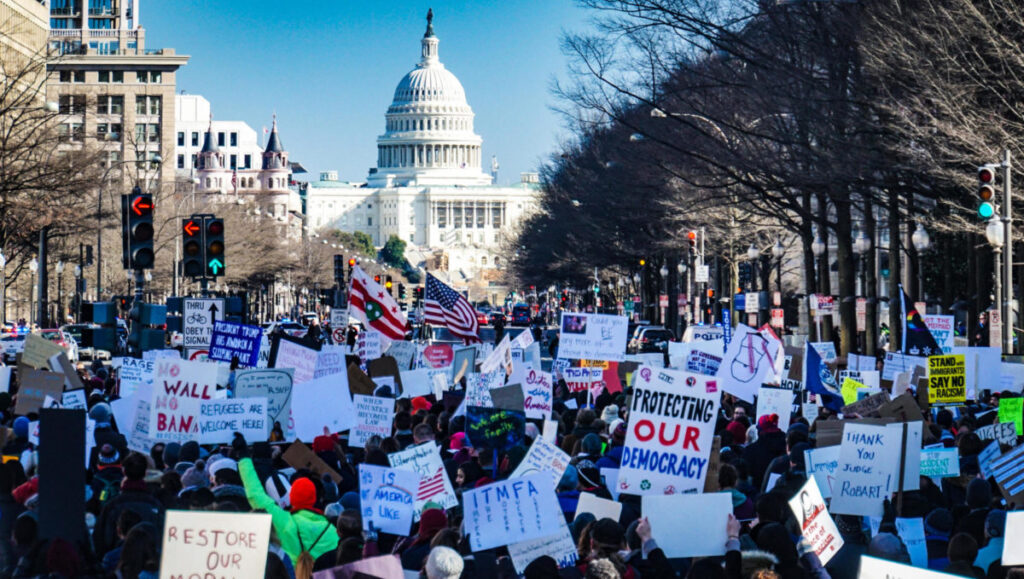
2. Legal, Deadline & Tax Implications: What’s at Stake
Tax exemption expires Dec 31, 2025
The student debt is forgiven under the American Rescue Plan of 2021 when it is treated either federally as tax-free or unforgiven, based on the date of December 31, 2025. Forgiveness that is completed after 2025 will be taxable income, which can create any sort of surprise tax. As a result, it is of critical importance that timing is considered; any delay in the processing may result in most of the relief intended being washed away.
Borrowers squeezed by transition rules.
Lots of elements in the present plans, like SAVE, will be grandfathered or transferred to RAP or other backup plans. Nevertheless, the stricter regulations, changed calculation bases, and longer forgiveness terms imply that not all borrowers will refuse to pay more. Moreover, the issues with claims of forgiveness continue to be solved–as an instance, the American Federation of Teachers filed a class action and preliminary injunction against the administration, claiming that relief was delayed or denied.
PSLF reshaping and employer eligibility
The Education Department has introduced guidelines under which the list of nonprofit or public employers eligible under PSLF is reduced to prohibit those who do what it describes as having a large role in illegal intent. When their employers lose qualifying status, borrowers could see past payments cancelled. Such changes would hurt thousands of borrowers who had used PSLF relief as a career pathway.
3. Macro Effects: Housing, Credit, Savings & Growth
Housing market: demand surge & affordability
Cash flow redistribution that will arise because of forgiven debts or lower payments can possibly attract certain borrowers into the market. This would have a small but positive impact in stimulating demand, particularly in young age groups joining homeownership. However, a rise in interest rates or inflation can counter such gains, and since forgiveness will be a gradual, incomplete process, the uptick net can still be moderate.
Savings & investment behavior
Households will increase savings, retirement, or investment vehicles with fewer debt service commitments. Such a shift can support more capital and difficult formations, increase household equity and secure retirement, and make households more equitable. On the other hand, borrowers who have to deal with tighter or lengthening repayment conditions under RAP will feel the converse effect: slower asset accumulation and lower disposable income.
Credit & borrowing dynamics
Reduced debt liabilities will raise credit rating, debt-to-income ratios, and access to auto, mortgage, and small-business credit. These new changes have the potential to trigger economic activity in areas that are consumer leverage-dependent. Nonetheless, a change in forgiveness, lag in the system, or broken eligibility can be a short-term damage or disruption to the behavior of credit to some borrowers.
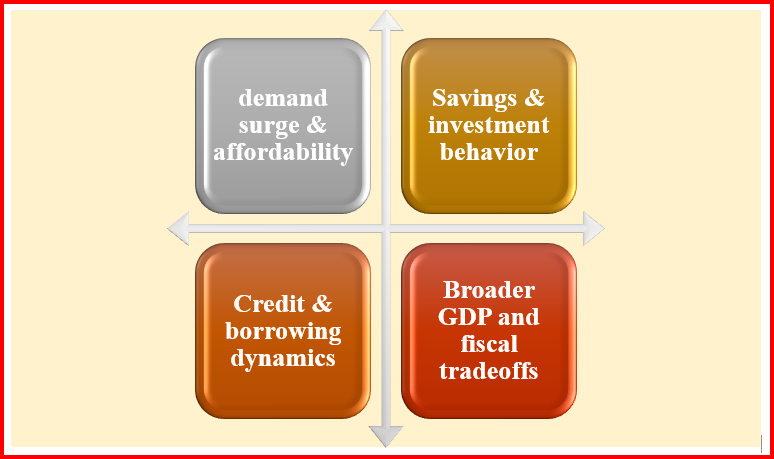
Broader GDP and fiscal tradeoffs
According to some models, forgiveness acts as a target stimulus, as it rotates the demand around consumption or investing. However, the cost of it has to be paid: higher levels of deficit, redistribution of federal funds, or limitations of social expenditures in the future. In the long term, a net increase in productivity may arise by liberating risk-taking and labor mobility due to the debt being forgiven, though this is speculative and largely depends on the effectiveness of the implementation.
4. What Borrowers Must Do Before December 2025
Check your repayment plan & payment history now: Make sure you have your payments on the existing Income-Driven Repayment (IDR) plans included on the forgiveness list. Retain all the records and letters with the servicer.
Track legislative & IRS updates: Check on the extension of the tax exemption by Congress past 2025 or on relief or forgiveness realized after 2021.
Avoid delaying applications: The list of backlog is quite substantial; do not wait until the very last moment. File Public Service Loan Forgiveness (PSLF) or IDR Claims as quickly as possible.
Budget for potential tax exposure: Get ready that the forgiven amounts after the year 2025 can be considered as taxable income.
Reassess life decisions tied to loans: Should you have put off buying a home, starting a business, or moving because of debt? Reevaluate the option and consider going forward, considering your possibly increased cash flow.
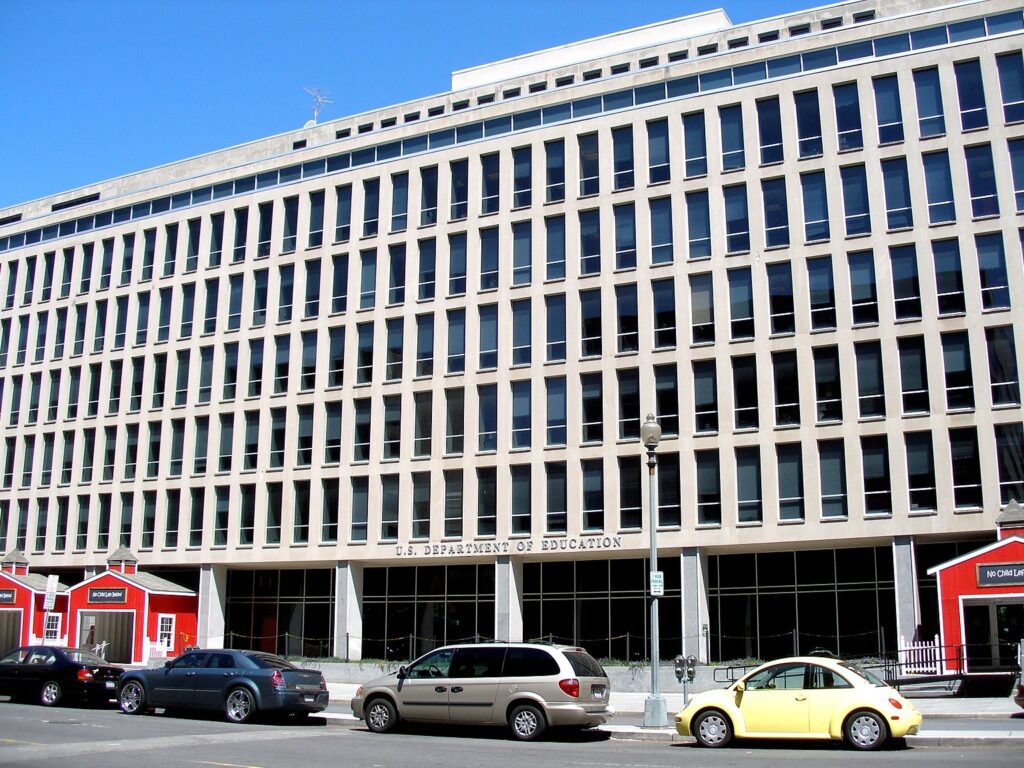
5. Risks, Uncertainties & Alternative Scenarios
- Judicial or Congressional rollback: More actions may be taken to modify or stop the forgiveness plan by new lawsuits or judicial decisions.
- Processing delays & bureaucratic bottlenecks: The Department of Education has staff cuts and system reengineering, which expose the system to more delays.
- Behavioral changes: There are also changes in the behavior of certain borrowers, who may either pay less or abuse the system, increasing the risk of delinquency.
- Unequal benefits: There will be unequal benefits because the relief will not be provided to all members of the peasantry evenly, particularly the higher-income or those with professional degrees, enlarging disparities in equity.
- Macro backlash: The high level of deficit or inflation can initiate an increase in interest rates or financial restrictions.
Conclusion
The student debt overhaul of 2025 is a historic step related to the policy of student debt in the United States. A reset is not a recalibration. The reforms come with their own benefits and threats: some borrowers will be relieved and have greater financial freedom, and some others may face greater burden, complexity, or a tax shock.
On a macro level, consumer demand may be impacted, and credit markets may be affected as well, and the plan may change the household behavior, but much will depend on the ease of the transition and Congressional reactions.
The next couple of months to the year 2025 will determine for borrowers. Responding early, staying up-to-date, and planning outages can be the key to what can be considered valuable relief and the prevention of suffering.

